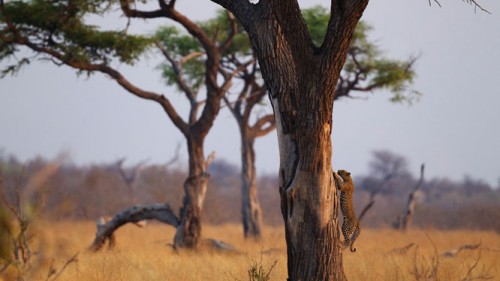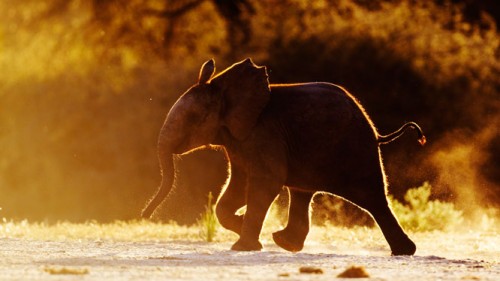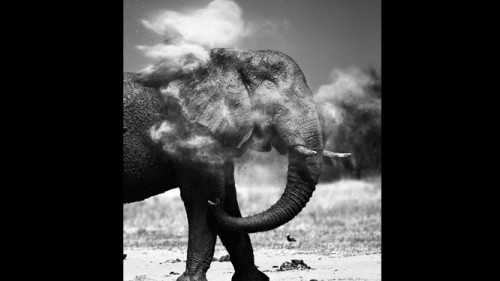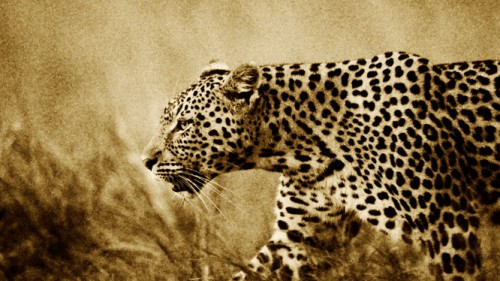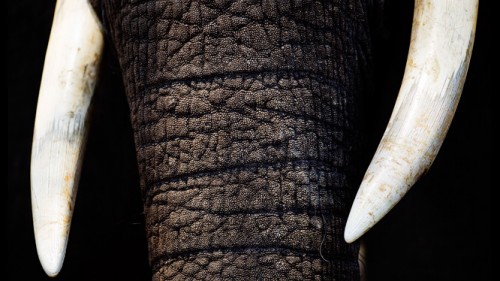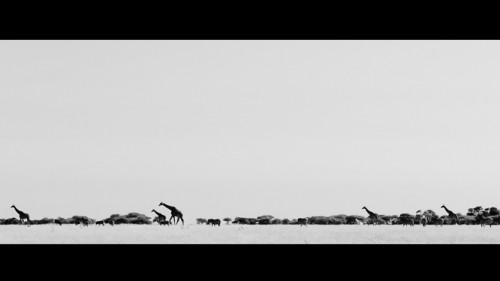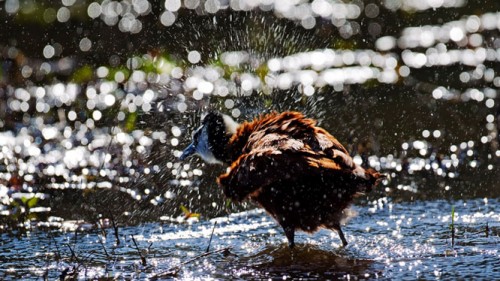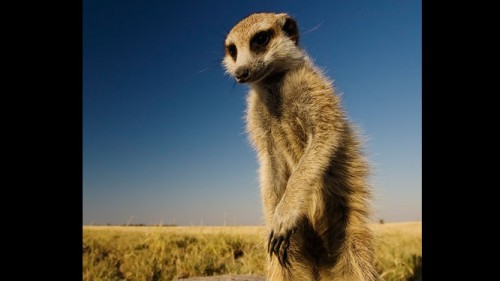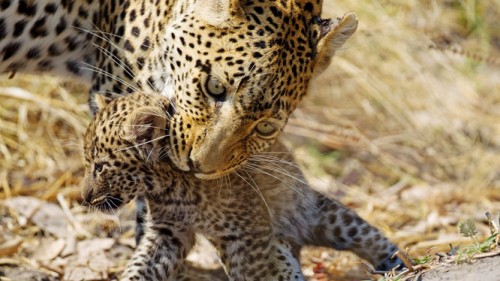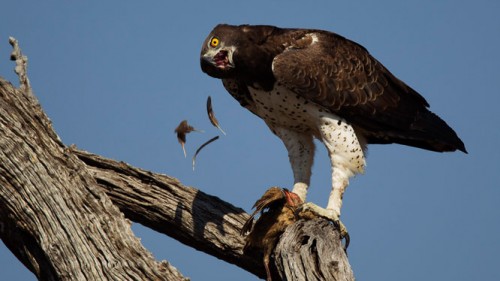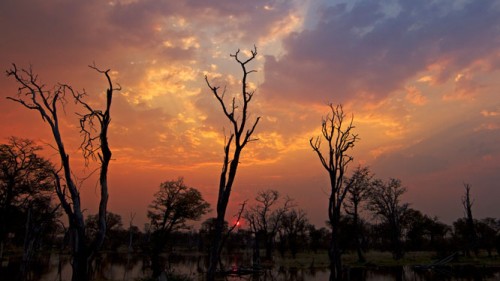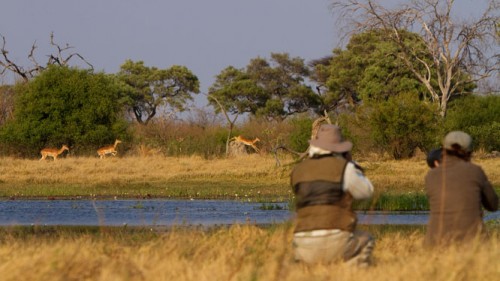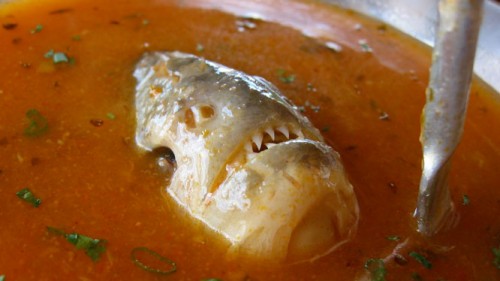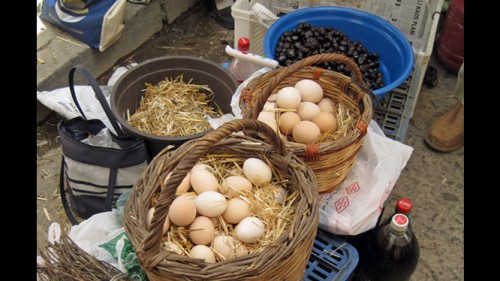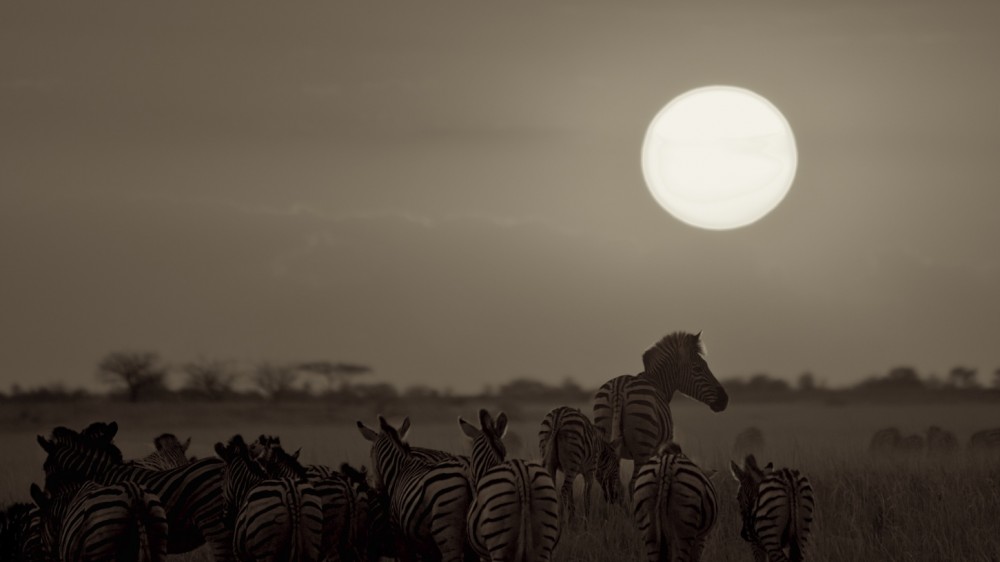Capturing a Safari
Don’t worry, we only mean ‘capture’ in the photographic sense. One of our favourite Pigs is safari photography master James Gifford, who runs workshops to help make your wildest snaps look a little more like his.
James lives in Maun, and runs his photographic workshops through a company called Letaka Safaris. He’s crazy about the bush and just as crazy about his photography, so he can help you translate the images Africa burns into your brain into exactly what you produce with your camera. We asked him a few questions to see what makes him tick and explain why he’s the man to go on safari with.
What drew you to photography?
I have always enjoyed travelling and became increasingly frustrated that my pictures never seemed to do justice to some of the amazing things I had seen, so I figured I needed to improve my photography. When I moved to Botswana, the hobby became more of an obsession—I am constantly striving to create that (impossible) perfect image and the idea of spending days and weeks in the bush taking photographs of wildlife is a dream come true.
How do your workshops work?
Having small groups ensures that everyone gets as much individual attention as possible—for the Letaka Safaris workshops, we have two professional photographers for a maximum of six people. First of all, we make sure everyone has a firm grip on the basic technical aspects so they are in control of their camera. After that, we go over everything else; composition, creative use of shutter speeds, lighting, landscapes, macro and black and white photography. I also try and teach people to be flexible, to try and adapt the content to ensure that they get exactly what they want out of the experience. Since we’re also dealing with wildlife, there is a certain amount of unpredictability, which is part of the fun.
How does having a professional photographer along enhance the safari experience?
It’s like having a comprehensive manual at your fingertips. If a photo doesn’t come out the way you intended, then we can explain why straight away and you can instantly fix your mistake. It turns out that taking really good photographs is actually not that difficult once you understand your equipment and some basic compositional guidelines. I guarantee you will come home with some spectacular images.
What kind of insight can you provide?
When it comes to wildlife photography, it’s experience with predicting wildlife behavior—what’s going to put you in the right position to capture the shot. You only really learn this from seeing it before and recognizing the signs, so we can make sure you get the best photographic opportunities possible. Being based permanently in Botswana means I’ve gotten to know the different areas (and animals) very well, from good sunrise locations to commonly used watering-holes and, crucially, how these change during the year.
What kind of equipment do you recommend?
More and more manufacturers are now entering the DSLR market, but the breadth of lenses available to Nikon and Canon users means I would still recommend them above other brands. Lenses are your biggest investment and make it prohibitively expensive to switch brands as you can’t use Canon lenses on a Nikon body or vice versa. A decent telephoto lens is a must, preferably 300mm or more with image stabilization, and the faster it is (the larger the maximum aperture), the better. It is also important to have a shorter lens as well—some of the most dramatic wildlife images are created when the environment is as important an element to the picture as the animal itself.
It is always worth buying the best quality lens you can afford—it makes a big difference to the quality of your images and will mean you are not constantly upgrading which ends up being more expensive. When it comes to the camera body itself, the key things I look for are its ability to perform in low light (ie. low noise at high ISO levels) and the speed of shooting (frames per second). I should add that it is the photographer, not the camera that creates the photograph and I have seen many high quality wildlife photographs taken on relatively inexpensive equipment, so don’t fall into the trap of thinking that because you have a nice camera that you will suddenly start taking world-beating photographs. Tripods are cumbersome when you are in a safari vehicle, so, depending upon your preference, a beanbag or monopod will come in very handy.
What’s your favorite place in Botswana to take photographs, and what’s your favorite wildlife subject to capture?
I have always had a soft spot for the Central Kalahari Game Reserve. Although you don’t get the same diversity as you do in the Okavango Delta, the area feels truly wild and if you go at the end of the rainy season, you will be rewarded with lush green backdrops and dramatic stormy skies which can add another dimension to your pictures. I don’t have a favorite species—I find the most exciting photographic subjects arise when they are interacting with other animals or demonstrating some interesting behavior. I would much prefer to photograph a hunting preying mantis than a sleeping leopard.
James Gifford is a professional photographer and travel writer, and for his sins is a resident of Maun, Botswana. You can see more of his work at www.jamesgifford.co.uk.
Dan Achber is a former Trufflepig Farmer, who left us to return to the wilds of the African bush. Can’t really say we blame him.
